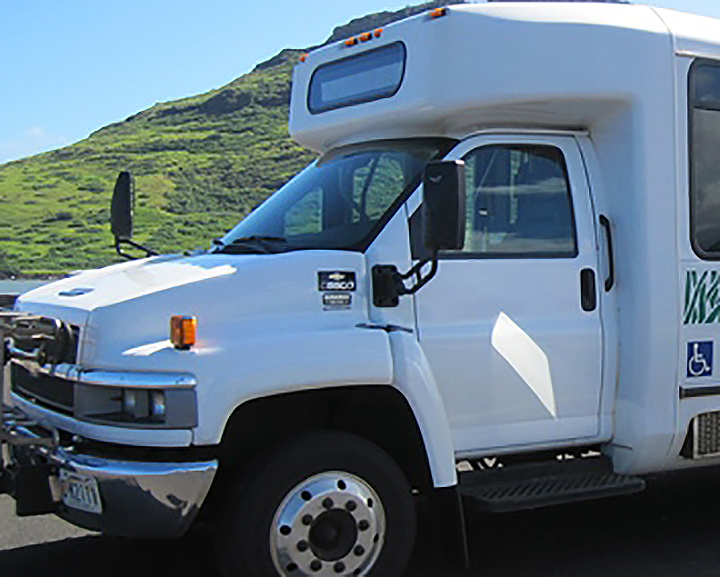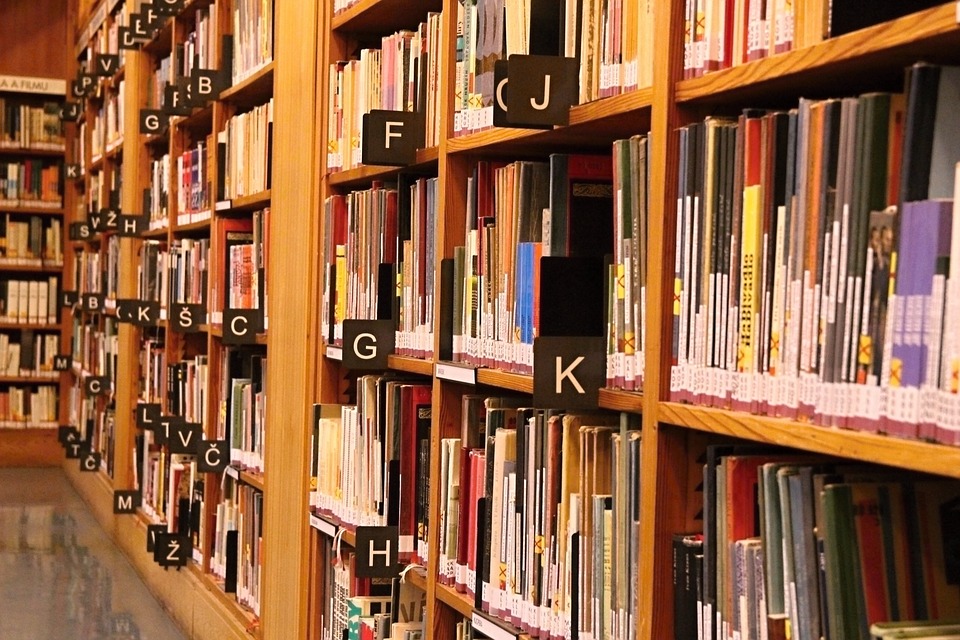Pacific Missile Range Facility members and equipment participated in the integrated maritime exercise Koa Kai 14-1, Jan. 24 – 31.

Seaborne Powered Target Division (SEPTAR) Sailors assigned to the Pacific Missile Range Facility, stand by for a strait transit training exercise with multiple U.S. Navy ships to begin during exercise Koa Kai. US Navy Photo by Mass Communication Specialist Mathew J. Diendorf/Released.
PMRF’s airfield was used as a forward staging base for the U.S. Army’s 25th Cavalry Artillery Brigade (CAB) and Marine Corps units conducting helicopter operations. In addition, portions of the water range were used by Navy surface ships, and PMRF’s Seaborne Powered Target (SEPTAR) boats played a key role in the week-long training.
SEPTAR used five High Speed Maneuverable Surface Targets (HSMST) to act as adversaries during two strait transit exercises. Transit exercises are designed to test the participating ships ability to navigate safely, while also dealing with threats that could be encountered transiting straits in hostile waters. During the transit, the ships were confronted with multiple possible threats, including low-flying aircraft and small boats.
“The HSMST is a great tool to use in transit exercises,” said Boatswain’s Mate 2nd Class Raymond Prevatt. “We can run 45 knots right at the ships and this gives them realistic training for the Sailors working on the bridge, in combat systems and the security teams.”
“I was stationed on a guided missile frigate and received the same training from SEPTAR out of Mayport, Fla., before being stationed here at PMRF,” Prevatt said. “It gave us a realistic view of what a strait transit could be like.”
SEPTAR also provided targets for live fire training to surface vessels, helicopters and fixed wing aircraft.
“We have two sizes of Low Cost Modular Targets (LCMT), 24ft and 16ft,” said Electrician’s Mate 2nd Class Michelle Ramiro. “And we can set up the LCMT to be a target for many different weapons systems.”
The Sailors manuever the targets out to a designated spot on the range, hook up a 1,000 foot tow line from the HSMST to the LCMT, set the HSMST to remote control so range control can operate the vessel up to 60 miles away.

A UH-1Y Venom from Marine Light Helicopter Squadron (MLHA) 367 takes off from Pacific Missile Range Facility during exercise Koa Kai. US Navy Photo by Mass Communication Specialist Mathew J. Diendorf/Released
AGM-114 Hellfire, Harpoon Anti-ship missile, AGM-65 Maverick, 5-Inch 54-caliber (Mk 45) lightweight gun, and crew-served weapons are some of the weapons systems that SEPTAR configures the targets for use.
“Koa Kai,” Hawaiian for “Sea Warrior,” prepares independent deployers in multiple warfare areas, while also providing training in a multi-ship environment, according to the official release from Naval Surface Group Middle Pacific Public Affairs. Participating units conducted integrated flight operations, anti-surface and anti-submarine training.
“Koa Kai provides an opportunity to exercise multiple warfare disciplines to ensure our ships maintain warfighting readiness and the capability to operate forward on short notice,” said Rear Adm. Rick Williams, Commander, Naval Surface Group Middle Pacific and Navy Region Hawaii. “Koa Kai is integrated, challenging, state-of-the-art training for our sea warriors here in the Middle Pacific that helps us achieve full deployment readiness.”
Williams added, “We will show, test and assess our capabilities in coordination with the Navy’s premier testing and training range — Pacific Missile Range Facility.”
Hawaii-based surface combatants regularly deploy to the Asia Pacific region and often train with international partners while on deployment. Koa Kai 14-1 was led by U.S. Third Fleet with seven Hawaii-homeported surface ships, as well as two San Diego-based ships.
Discover more from ForKauaiOnline
Subscribe to get the latest posts to your email.





Leave a Reply